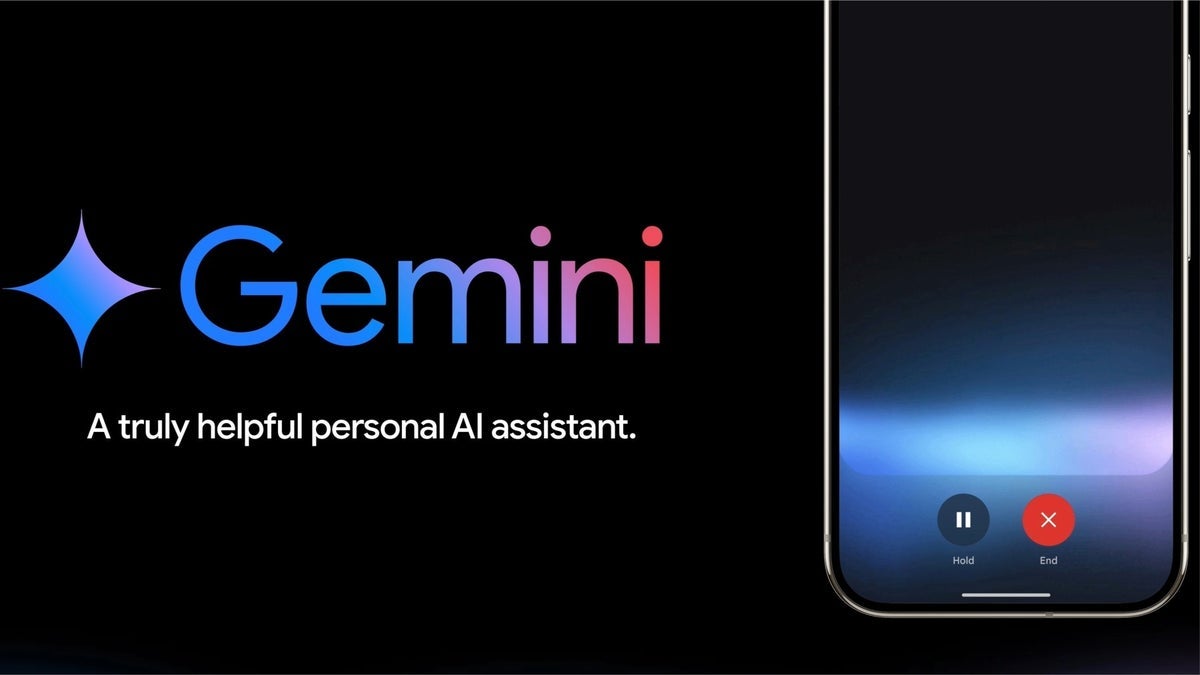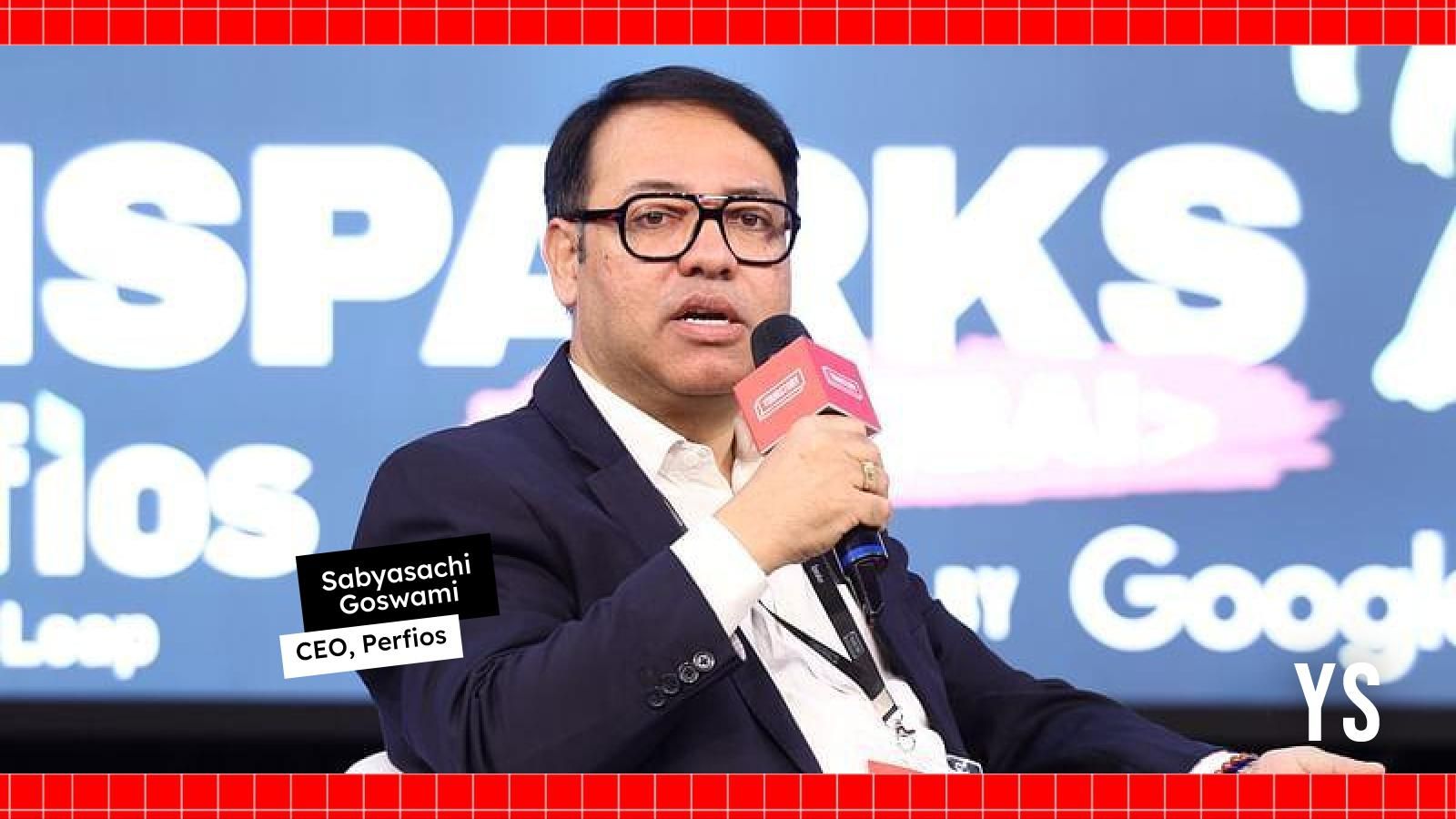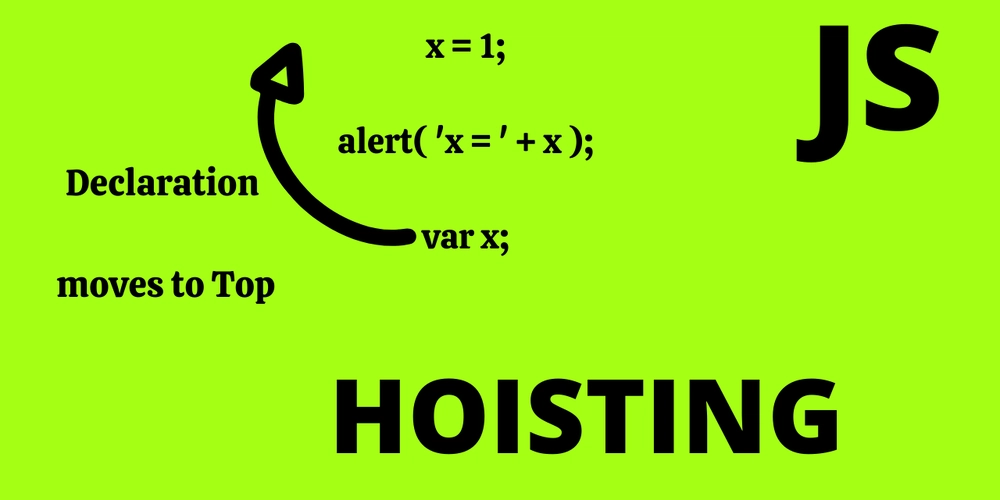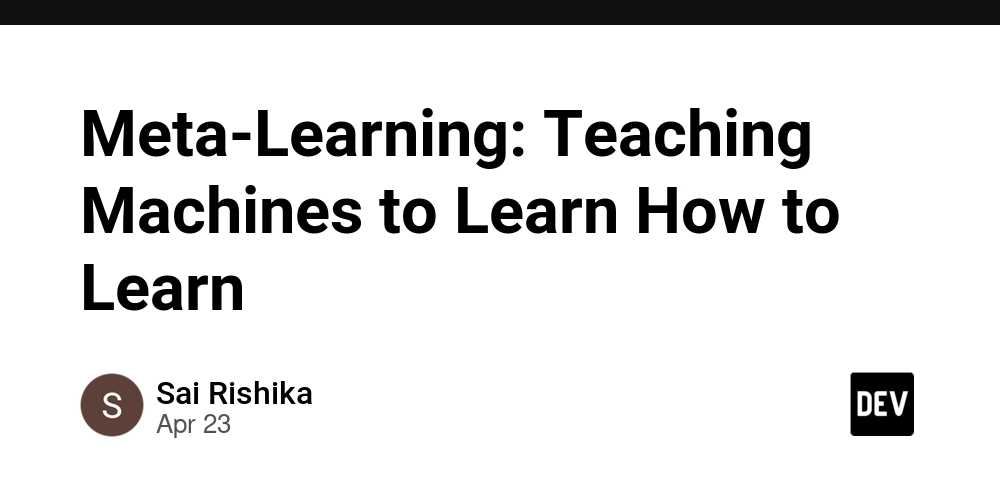Arbitrum’s Approach to Token Burning and Blockchain Consensus Mechanisms: A Comprehensive Analysis
Abstract: This post provides a deep-dive analysis into Arbitrum’s innovative potential regarding token burning and the diverse blockchain consensus mechanisms that secure decentralized networks. We explore how Arbitrum—a Layer 2 scaling solution built on Ethereum—aims to deliver lower transaction fees and higher throughput while simultaneously paving the way for unique tokenomics strategies such as token burning. In addition, we examine multiple consensus models, their benefits and challenges, and the interplay of these innovations with the broader blockchain ecosystem. This post is a comprehensive guide intended for developers, investors, and blockchain enthusiasts looking to understand the technical and economic frontier of decentralized technologies. Introduction Blockchain technology has redefined how we perceive decentralization, trust, and transparency. With the growing demand for scalable and efficient networks, solutions like Arbitrum have emerged as frontrunners to solve Ethereum’s congestion issues. This post discusses Arbitrum’s evolving strategy for token burning—a process that deliberately removes tokens from circulation—and its impact on blockchain consensus mechanisms. Additionally, we highlight how consensus protocols such as Proof of Work (PoW), Proof of Stake (PoS), and other models secure decentralized networks in a world where centralized control is no longer a staple. Arbitrum’s approach to integrating token burning into its governance framework illustrates a powerful synthesis of technical innovation and economic incentives. For a detailed overview of Arbitrum’s consensus strategies, please refer to the original article. Background and Context Blockchain technology started with Bitcoin’s introduction of PoW—a system that shook the world by offering a trustless network through computational puzzles. Despite its revolutionary nature, PoW is often criticized for its energy-intensive processes. As blockchain adoption expanded to applications in decentralised finance (DeFi), digital art (NFTs), and open-source development, the need for more sustainable and scalable solutions emerged. The Evolution of Blockchain Technology Bitcoin and PoW: Bitcoin’s trailblazing PoW mechanism set the foundation for secure, decentralized protocols. However, its energy consumption and limited throughput led to new innovations. Ethereum and Smart Contracts: Ethereum expanded the blockchain ecosystem by introducing smart contracts—self-executing agreements that have enabled DeFi platforms and NFT marketplaces. Its rapidly growing network, however, resulted in higher gas fees and slower transactions. Layer 2 Scaling Solutions: Technologies like Arbitrum improve scalability by processing transactions off-chain. Through solutions such as Optimistic Rollups, Arbitrum bundles multiple transactions before reconciling them with Ethereum’s mainnet, dramatically reducing fees while maintaining security. Defining Key Concepts Token Burning: This strategy permanently destroys a portion of the tokens, reducing supply and potentially increasing the value of remaining tokens. Token burning models are used to control inflation, enhance scarcity, and stimulate long-term community engagement. Consensus Mechanisms: Mechanisms like PoW, PoS, Delegated Proof of Stake (DPoS), Practical Byzantine Fault Tolerance (PBFT), and Proof of Authority (PoA) help nodes validate transactions and ensure that networks remain secure and decentralized. Ecosystem Context and Open-Source Contributions Open-source development is the lifeblood of blockchain innovation. Projects like Arbitrum thrive on contributions from a vibrant community that champions transparency and collaborative governance. For a foundational introduction to these concepts, consider reviewing What Is Blockchain? and exploring insights on What Is Arbitrum?. Core Concepts and Features This section examines the two pivotal components of our discussion: Arbitrum’s innovative token burning strategy and the comprehensive range of blockchain consensus mechanisms. Arbitrum’s Scaling Solution and Tokenomics Arbitrum is designed to address Ethereum's scalability issues. By offloading transaction processing using Optimistic Rollups, it ensures faster transactions and lower fees. Key features of Arbitrum include: Reduced Gas Fees: By performing most computations off-chain, users can benefit from significantly lower transaction costs. Enhanced Throughput: Aggregating several transactions into one batch increases overall network capacity without compromising decentralization. Decentralized Governance: The network’s native ARB token empowers users to participate in governance decisions. As token burning is considered for future proposals, community vote on burning parameters could enhance economic incentives. Potential for Token Burning: Token burning can create a deflationary effect by reducing

Abstract:
This post provides a deep-dive analysis into Arbitrum’s innovative potential regarding token burning and the diverse blockchain consensus mechanisms that secure decentralized networks. We explore how Arbitrum—a Layer 2 scaling solution built on Ethereum—aims to deliver lower transaction fees and higher throughput while simultaneously paving the way for unique tokenomics strategies such as token burning. In addition, we examine multiple consensus models, their benefits and challenges, and the interplay of these innovations with the broader blockchain ecosystem. This post is a comprehensive guide intended for developers, investors, and blockchain enthusiasts looking to understand the technical and economic frontier of decentralized technologies.
Introduction
Blockchain technology has redefined how we perceive decentralization, trust, and transparency. With the growing demand for scalable and efficient networks, solutions like Arbitrum have emerged as frontrunners to solve Ethereum’s congestion issues. This post discusses Arbitrum’s evolving strategy for token burning—a process that deliberately removes tokens from circulation—and its impact on blockchain consensus mechanisms. Additionally, we highlight how consensus protocols such as Proof of Work (PoW), Proof of Stake (PoS), and other models secure decentralized networks in a world where centralized control is no longer a staple.
Arbitrum’s approach to integrating token burning into its governance framework illustrates a powerful synthesis of technical innovation and economic incentives. For a detailed overview of Arbitrum’s consensus strategies, please refer to the original article.
Background and Context
Blockchain technology started with Bitcoin’s introduction of PoW—a system that shook the world by offering a trustless network through computational puzzles. Despite its revolutionary nature, PoW is often criticized for its energy-intensive processes. As blockchain adoption expanded to applications in decentralised finance (DeFi), digital art (NFTs), and open-source development, the need for more sustainable and scalable solutions emerged.
The Evolution of Blockchain Technology
Bitcoin and PoW:
Bitcoin’s trailblazing PoW mechanism set the foundation for secure, decentralized protocols. However, its energy consumption and limited throughput led to new innovations.Ethereum and Smart Contracts:
Ethereum expanded the blockchain ecosystem by introducing smart contracts—self-executing agreements that have enabled DeFi platforms and NFT marketplaces. Its rapidly growing network, however, resulted in higher gas fees and slower transactions.Layer 2 Scaling Solutions:
Technologies like Arbitrum improve scalability by processing transactions off-chain. Through solutions such as Optimistic Rollups, Arbitrum bundles multiple transactions before reconciling them with Ethereum’s mainnet, dramatically reducing fees while maintaining security.
Defining Key Concepts
Token Burning:
This strategy permanently destroys a portion of the tokens, reducing supply and potentially increasing the value of remaining tokens. Token burning models are used to control inflation, enhance scarcity, and stimulate long-term community engagement.Consensus Mechanisms:
Mechanisms like PoW, PoS, Delegated Proof of Stake (DPoS), Practical Byzantine Fault Tolerance (PBFT), and Proof of Authority (PoA) help nodes validate transactions and ensure that networks remain secure and decentralized.
Ecosystem Context and Open-Source Contributions
Open-source development is the lifeblood of blockchain innovation. Projects like Arbitrum thrive on contributions from a vibrant community that champions transparency and collaborative governance. For a foundational introduction to these concepts, consider reviewing What Is Blockchain? and exploring insights on What Is Arbitrum?.
Core Concepts and Features
This section examines the two pivotal components of our discussion: Arbitrum’s innovative token burning strategy and the comprehensive range of blockchain consensus mechanisms.
Arbitrum’s Scaling Solution and Tokenomics
Arbitrum is designed to address Ethereum's scalability issues. By offloading transaction processing using Optimistic Rollups, it ensures faster transactions and lower fees. Key features of Arbitrum include:
Reduced Gas Fees:
By performing most computations off-chain, users can benefit from significantly lower transaction costs.Enhanced Throughput:
Aggregating several transactions into one batch increases overall network capacity without compromising decentralization.Decentralized Governance:
The network’s native ARB token empowers users to participate in governance decisions. As token burning is considered for future proposals, community vote on burning parameters could enhance economic incentives.Potential for Token Burning:
Token burning can create a deflationary effect by reducing token supply periodically. This might lead to an increase in the ARB token’s scarcity and value, which in turn may foster long-term investor confidence.
Blockchain Consensus Mechanisms
Consensus protocols are vital to ensuring trust and validity across decentralized networks. Below is a summary table outlining key consensus mechanisms and their defining characteristics:
| Consensus Type | Overview | Advantages | Limitations |
|---|---|---|---|
| Proof of Work (PoW) | Requires solving complex mathematical puzzles. | High security and proven reliability. | Energy-intensive and may centralize mining. |
| Proof of Stake (PoS) | Relies on validators staking tokens to secure the network. | Energy-efficient and offers economic incentives. | Wealth concentration risk among large stakeholders. |
| Delegated Proof of Stake (DPoS) | Uses voting by stakeholders to elect delegates. | High throughput and active community governance. | Potential centralization among few delegates. |
| Practical Byzantine Fault Tolerance (PBFT) | Handles malicious nodes with structured communication. | Fault tolerance and fast confirmations. | Scalability issues in larger networks. |
| Proof of Authority (PoA) | Trust is based on a limited number of reputable nodes. | Fast transaction processing and accountability. | Limits true decentralization due to reliance on a few authorities. |
Intersections Between Token Burning and Consensus
Token burning and consensus mechanisms often intersect in ways that strengthen the overall network. A token-burning model, when integrated with community governance, can enhance:
Deflationary Measures:
Reduced supply can drive token value higher over time.Incentivized Participation:
Community members have a vested interest in governance decisions, promoting network stability.Economic Alignment:
Merging tokenomics with sound consensus mechanisms creates an alignment between developer interests and investor incentives.
Consider these key overlapping benefits in a bullet list:
- Enhanced Security and Stability
- Lower Transaction Costs
- Increased Community Participation
- Clear Economic Incentives
- Alignment of Developer and User Interests
For more detail on NFT tokenomics and its intersection with blockchain consensus, see NFT Tokenomics.
Applications and Use Cases
Practical examples of integrating token burning and robust consensus mechanisms are already being implemented in various sectors.
1. Decentralized Finance (DeFi) Platforms
Layer 2 solutions like Arbitrum are revolutionizing DeFi by enabling faster, cheaper transactions. Consider the following benefits when token burning is integrated into DeFi protocols:
Enhanced Value Stability:
Periodic token burns can create deflationary pressure, potentially stabilizing token value and enticing long-term investments.Community Governance:
ARB token holders can actively vote on critical proposals such as token burns, fostering transparency and decentralization.
For more insights on community governance, refer to Arbitrum and Community Governance.
2. NFT Marketplaces
NFT platforms demand both scalability and low transaction fees. Arbitrum's Layer 2 approach can improve the minting and trading experience by lowering gas fees and speeding up confirmation times. Additionally:
Economic Incentives:
Deflationary token models can benefit NFT collectors by increasing scarcity and market value.Governance Integration:
Voting rights tied to token burning proposals help maintain fairness and long-term commitment from the community.
For a glimpse into evolving NFT practices, check out Berita NFT Indonesia 2025.
3. Governance and Open-Source Funding
Blockchain projects increasingly rely on decentralized governance to support open-source initiatives. By coupling token burning with governance, projects can create sustainable funding models:
Funding Open-Source Projects:
A controlled token burn can signal long-term commitment and help redistribute resources to reward community contributions.Network Transparency:
Transparent burn processes build trust among stakeholders, further energizing community-led development.
For further discussion in this area, visit Arbitrum Open Source Contributions.
Below is a summary table that outlines the primary application areas and their value propositions:
| Application Area | Key Benefits | Use Case Example |
|---|---|---|
| DeFi Platforms | Lower fees, scalability, deflationary value, community governance | Lending and borrowing protocols on Arbitrum |
| NFT Marketplaces | Reduced gas fees, deflationary tokenomics, improved liquidity | Digital art platforms in Southeast Asia |
| Governance & Funding | Transparent funding, incentivized open-source contributions | Community-driven governance and funding models |
Challenges and Limitations
Despite the promising developments, several challenges remain in integrating token burning with advanced consensus mechanisms.
Technical Complexities
Implementing off-chain processing with Optimistic Rollups introduces additional layers of complexity:
Transaction Finality:
Synchronizing off-chain transactions with the Ethereum mainnet is intricate and requires robust cryptographic proofs.System Complexity:
Additional computation layers may introduce unforeseen vulnerabilities, which could compromise security if not carefully audited.Interoperability:
Ensuring seamless communication between legacy systems and upgraded consensus models is challenging.
Economic and Governance Uncertainties
While token burning brings economic benefits, it also carries risks:
Speculative Volatility:
The deflationary pressure may initially trigger short-term price spikes unrelated to long-term network health.Governance Risks:
If decision-making is centralized among a few large token holders, it could undermine the decentralized ethos.Misalignment of Incentives:
Speculative gains may drive short-term behavior, potentially impacting sustainable growth.
Consensus Mechanism Limitations
Each consensus model naturally comes with its own constraints:
PoW:
Though secure, its energy inefficiency and centralization of mining power are major concerns.PoS and DPoS:
Wealth concentration and potential centralization of validator power can reduce network resilience.PBFT & PoA:
While faster, these methods might struggle to compete in large-scale, dynamic networks.
Adoption and Regulatory Hurdles
Adoption remains a critical barrier:
Legal and Regulatory Ambiguity:
As governments work to update frameworks for blockchain technologies, regulatory uncertainty continues to slow progress.User Education:
Clear communication is needed to explain complex token burning and consensus models to non-technical stakeholders.Security Breaches:
Any exploitation of vulnerabilities in the off-chain or token burning process could lead to significant financial losses.
A bullet list summarizing these challenges is as follows:
- Technical integration complexities and potential security vulnerabilities
- Speculative market behavior and short-term volatility
- Centralization risks in governance models
- Regulatory uncertainties impacting global adoption
- Scalability issues in handling increasing network loads
Future Outlook and Innovations
The future of blockchain lies in the constant evolution of both technological and economic models. Here are some emerging trends and innovations likely to shape the next generation of decentralized systems:
Emerging Trends
Hybrid Consensus Models:
Many projects are experimenting with hybrid systems that combine the security of PoW with the efficiency of PoS. These models aim to merge the best properties of different consensus protocols.Sustainable and Deflationary Economies:
Token burning strategies, such as those proposed in Arbitrum, are expected to become integral to economic models that balance supply and demand automatically during network operations.Advanced Governance Protocols:
Decentralized decision-making is maturing, with upcoming proposals focused on enhanced transparency and real-time adjustments to token burning rates based on network performance.Enhanced Cross-Chain Interoperability:
Future networks aim to streamline the integration between different blockchains, ensuring that deflationary tokens and consensus innovations can move freely between systems.AI-Driven Optimization:
The integration of AI could enable real-time monitoring and optimization of consensus mechanisms and tokenomics models, ensuring optimal network performance and security.
Looking Ahead
As developers and investors continue to explore these innovations, platforms like Arbitrum will likely play a pivotal role. By integrating token burning mechanisms into a decentralized governance model, Arbitrum can establish a blueprint for how Layer 2 solutions transform both scalability and economic strategy in blockchain technology.
For further insights on the blockchain consensus evolution, you might read articles such as Unlocking Blockchain Potential: Arbitrum and the Future of Interoperability and Exploring Open Source Funding Opportunities on Dev.to.
Summary
In summary, Arbitrum’s innovative approach to token burning and diverse consensus mechanisms illustrates the powerful synergy between technology and economics in today’s blockchain space. By scaling Ethereum through off-chain processing and potentially implementing deflationary token models, Arbitrum is paving the way for a more efficient and engaged decentralized ecosystem. Simultaneously, exploring consensus models like PoW, PoS, DPoS, PBFT, and PoA highlights the balancing act required to ensure security, energy efficiency, and true decentralization.
Key takeaways include:
Token Burning:
A strategic economic tool that can reduce supply, drive scarcity, and incentivize community governance.Consensus Mechanisms:
Various models offer different strengths and weaknesses, and the future lies in hybridized systems that blend security and scalability.Applications:
From DeFi platforms and NFT marketplaces to open-source funding, the integration of these innovations is already reshaping multiple sectors.Challenges:
Technical hurdles, regulatory uncertainties, and potential centralization of power require careful navigation.Future Trends:
Hybrid consensus models, AI-driven optimizations, and advanced governance protocols signal an exciting evolution for decentralized networks.
As blockchain continues to evolve, it is critical for developers, investors, and enthusiasts to stay informed and engaged with these trends. The future will likely witness even deeper integrations between scalable Layer 2 solutions, innovative tokenomics, and robust consensus mechanisms.
References and Further Reading
For further insights, consider visiting the following resources:
- What Is Blockchain?
- What Is Arbitrum?
- NFT Tokenomics
- Berita NFT Indonesia 2025
- Arbitrum Open Source Contributions
Additional Dev.to discussions on related topics include:
- Unlocking Blockchain Potential: Arbitrum and the Future of Interoperability
- Exploring Open Source Funding Opportunities
- Navigating the Complexities of Government Funding
By embracing these evolving trends, the blockchain community is empowered to drive innovation in a manner that balances technology, economy, and community governance. Stay tuned to this space as we continue to unpack the exciting future of decentralized systems and their potential to reshape our digital world.
.jpg)
































































































































































![[The AI Show Episode 143]: ChatGPT Revenue Surge, New AGI Timelines, Amazon’s AI Agent, Claude for Education, Model Context Protocol & LLMs Pass the Turing Test](https://www.marketingaiinstitute.com/hubfs/ep%20143%20cover.png)














































































































![[Research] Starting Web App in 2025: Vibe-coding, AI Agents….](https://media2.dev.to/dynamic/image/width%3D1000,height%3D500,fit%3Dcover,gravity%3Dauto,format%3Dauto/https:%2F%2Fdev-to-uploads.s3.amazonaws.com%2Fuploads%2Farticles%2Fby8z0auultdpyfrx5tx8.png)
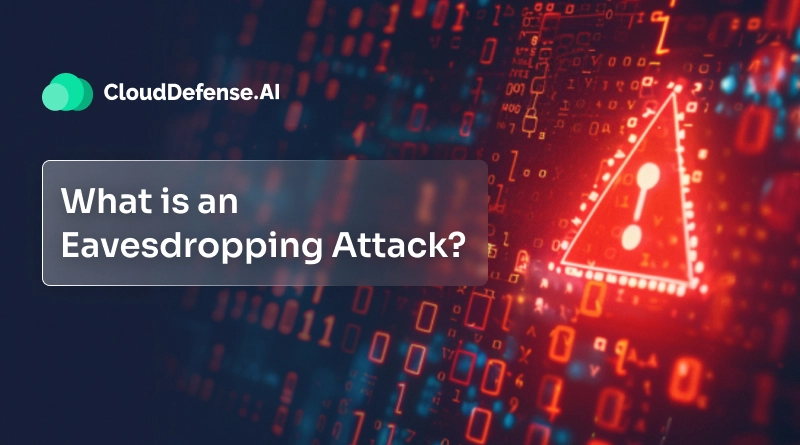













![[DEALS] Koofr Cloud Storage: Lifetime Subscription (1TB) (80% off) & Other Deals Up To 98% Off – Offers End Soon!](https://www.javacodegeeks.com/wp-content/uploads/2012/12/jcg-logo.jpg)





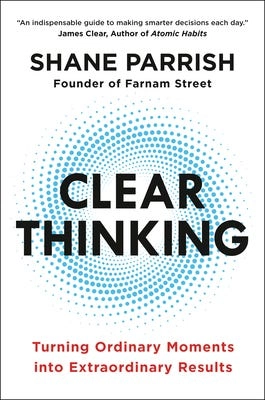









































-RTAガチ勢がSwitch2体験会でゼルダのラスボスを撃破して世界初のEDを流してしまう...【ゼルダの伝説ブレスオブザワイルドSwitch2-Edition】-00-06-05.png?width=1920&height=1920&fit=bounds&quality=70&format=jpg&auto=webp#)
















































































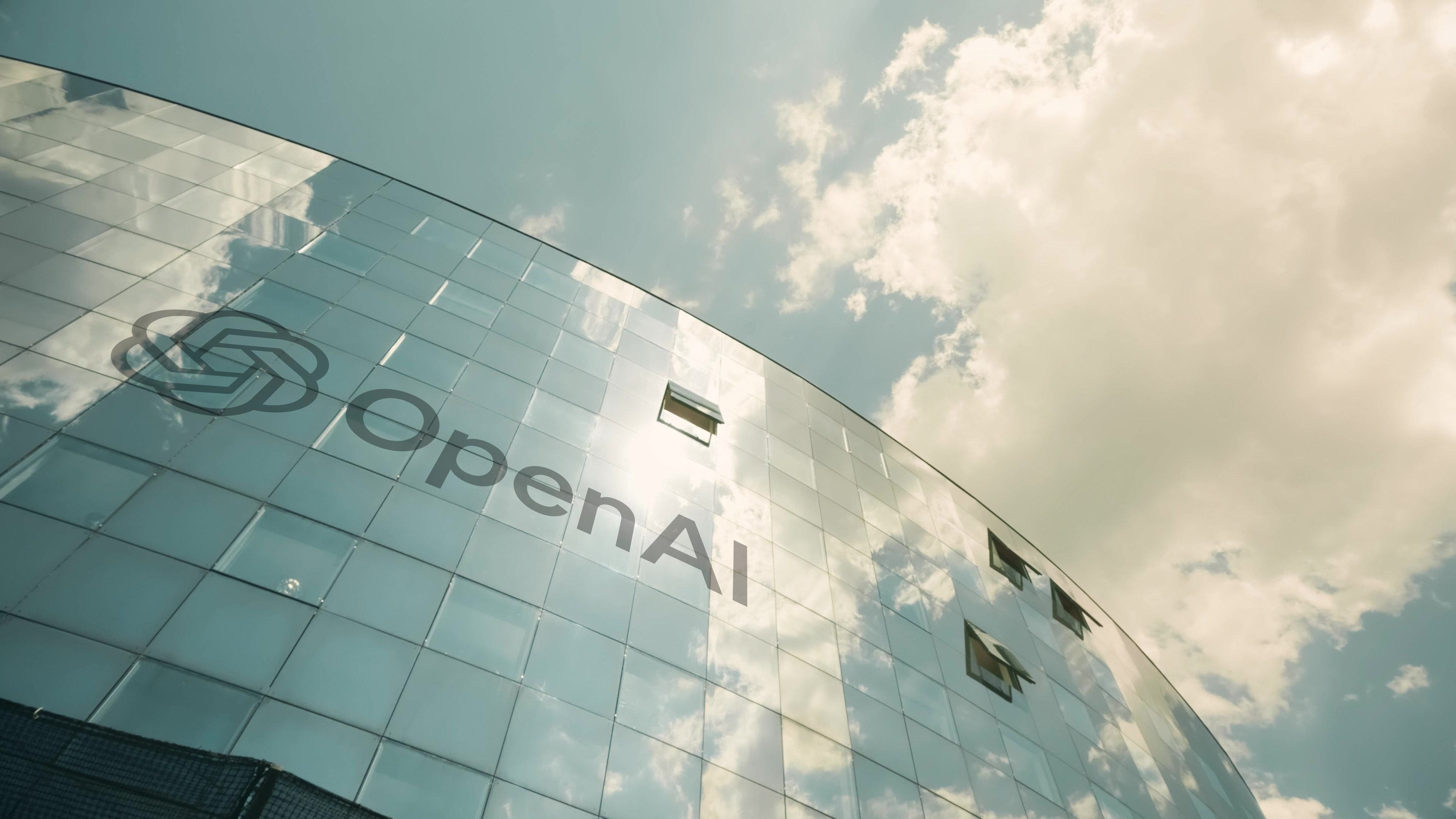









_roibu_Alamy.jpg?width=1280&auto=webp&quality=80&disable=upscale#)


.webp?#)










































































































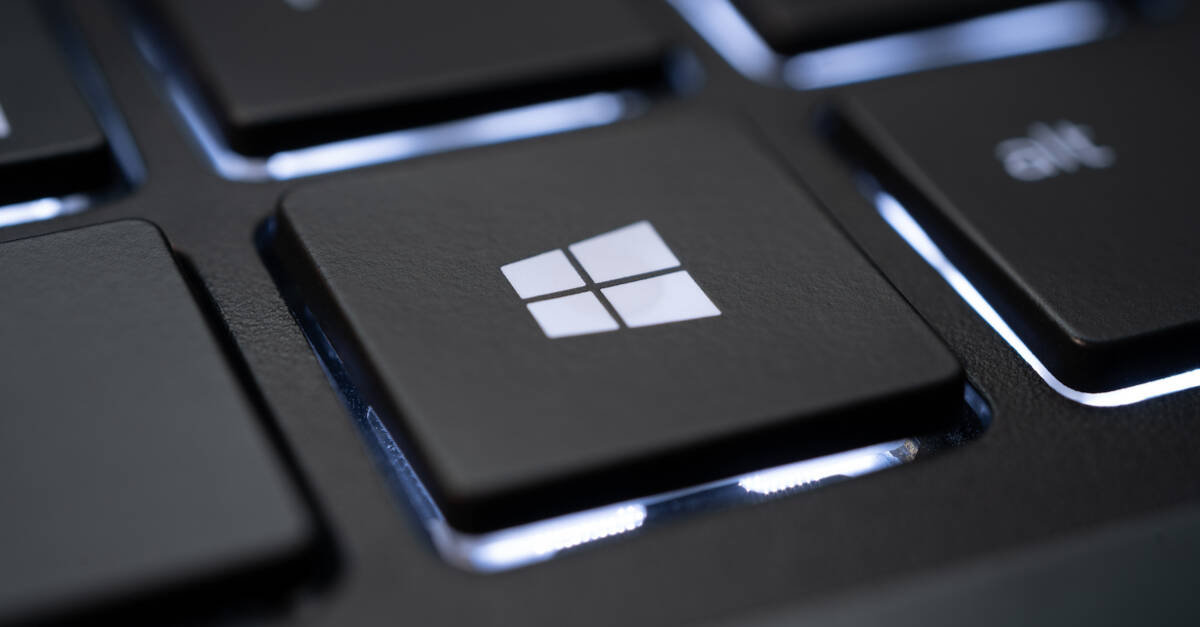


![M4 MacBook Air Drops to Just $849 - Act Fast! [Lowest Price Ever]](https://www.iclarified.com/images/news/97140/97140/97140-640.jpg)
![Apple Smart Glasses Not Close to Being Ready as Meta Targets 2025 [Gurman]](https://www.iclarified.com/images/news/97139/97139/97139-640.jpg)
![iPadOS 19 May Introduce Menu Bar, iOS 19 to Support External Displays [Rumor]](https://www.iclarified.com/images/news/97137/97137/97137-640.jpg)















































